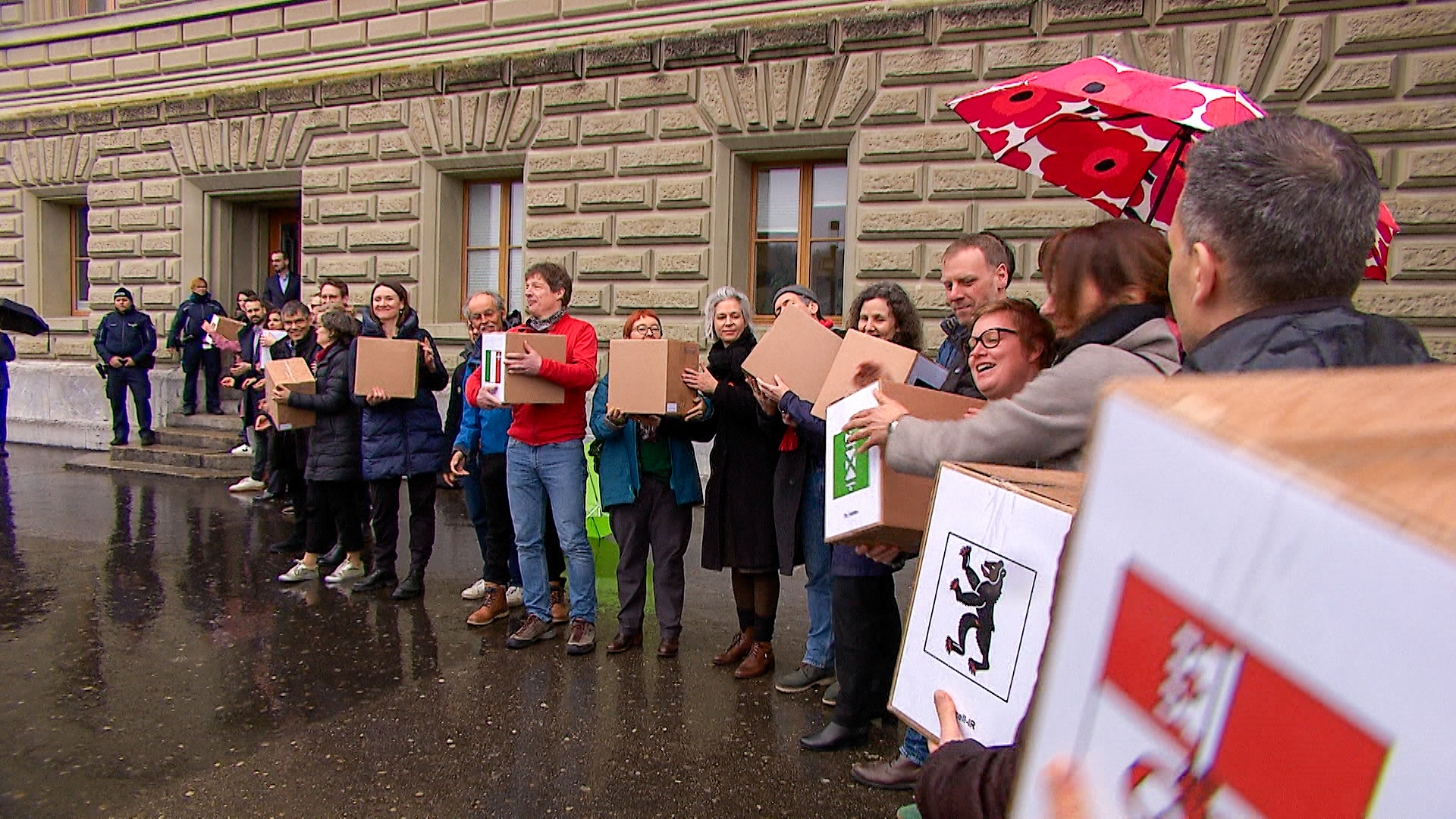
Switzerland’s endangered species on show
Rare Swiss breeds are being saved from extinction by the foundation ProSpecieRara. Every five years, animal lovers get a chance to see them up close. (Julie Hunt, swissinfo.ch)
The non-profit organisation was set up in 1982 to prevent endangered species of animals, crops, fruit and vegetables from dying out.
This year, breeders of endangered animals gathered in a hall in canton Aargau to show the public why they believe it is important to preserve the different species.
Many of the ProSpecieRara cows, sheep, goats and chickens are smaller than fast-growing farm animals bred on a large scale since the 1930s for meat, milk and egg production.
However, the traditional breeds are often more robust, well-adapted to hostile terrain and harsh climate, and are happy with grass and hay. This means they are cheaper to maintain.
More than 3,000 people and institutions are involved in the organisation’s projects. Breeders’ organisations keep registers, which show how closely animals are related, in order to prevent inbreeding.




























You can find an overview of ongoing debates with our journalists here . Please join us!
If you want to start a conversation about a topic raised in this article or want to report factual errors, email us at english@swissinfo.ch.